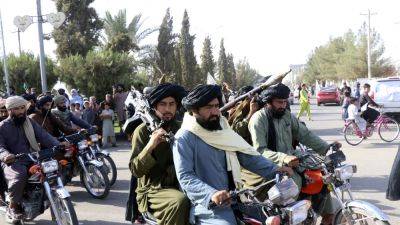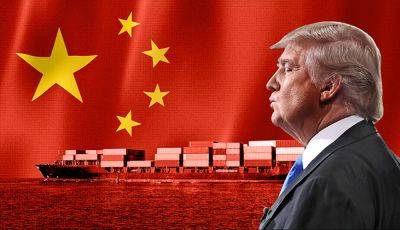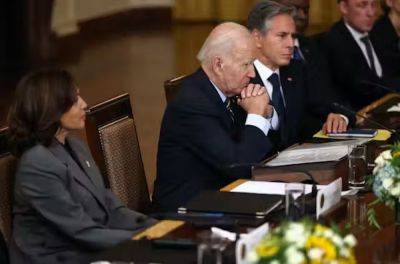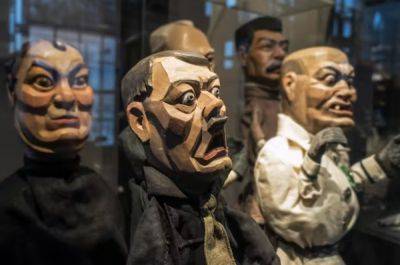Taliban 2.0 looking like the old, harsh and brutal Taliban
Until the collapse of Afghanistan’s US-backed government in August 2021, few knew clearly what the Taliban wanted once they could return to power. Some Western officials and observers hoped for a big change from the regime, which had governed the Taliban’s Islamic Emirate in the 1990s.
This time, they hoped, a more sophisticated and pragmatic vision might have replaced the Taliban’s previously extremist approach.
Some also argued that the rest of the world had a moral responsibility to approach Afghanistan’s new rulers with cautious optimism. Engagement should be the key. Anything else risked condemning the country and its population to isolation and economic hardship.
Others weren’t convinced.
During the negotiations that led to the February 2020 Doha agreement, the Taliban’s position on post-settlement Afghanistan’s politics remained ambiguous. The group continued this vague posture during the subsequent intra-Afghan dialogues with the former Afghan government.
Then, appearing in a press conference three days after Taliban forces took control of Kabul, its spokesman Zabihullah Mujahid, appeared to give reassurances the new regime would respect women’s rights “within the norms of Islamic law.”
In the ensuing three years, the Taliban’s fundamentalist regime has continued to suffer from weak legitimacy, despite taking pains initially to cultivate a conciliatory image compared with its harsh rule in the 1990s.
However, as the regime has grown more confident in its hold on power, what had appeared to some to be Taliban 2.0 has increasingly looked like the old, harsh and fundamentalist Taliban.
Since 2021, Hibatullah Akhundzada, the leader of Afghanistan’s Islamic Emirate, has issued – not all at once but gradually – more







